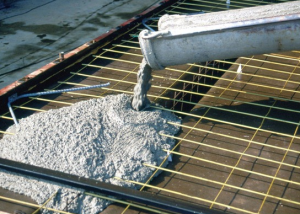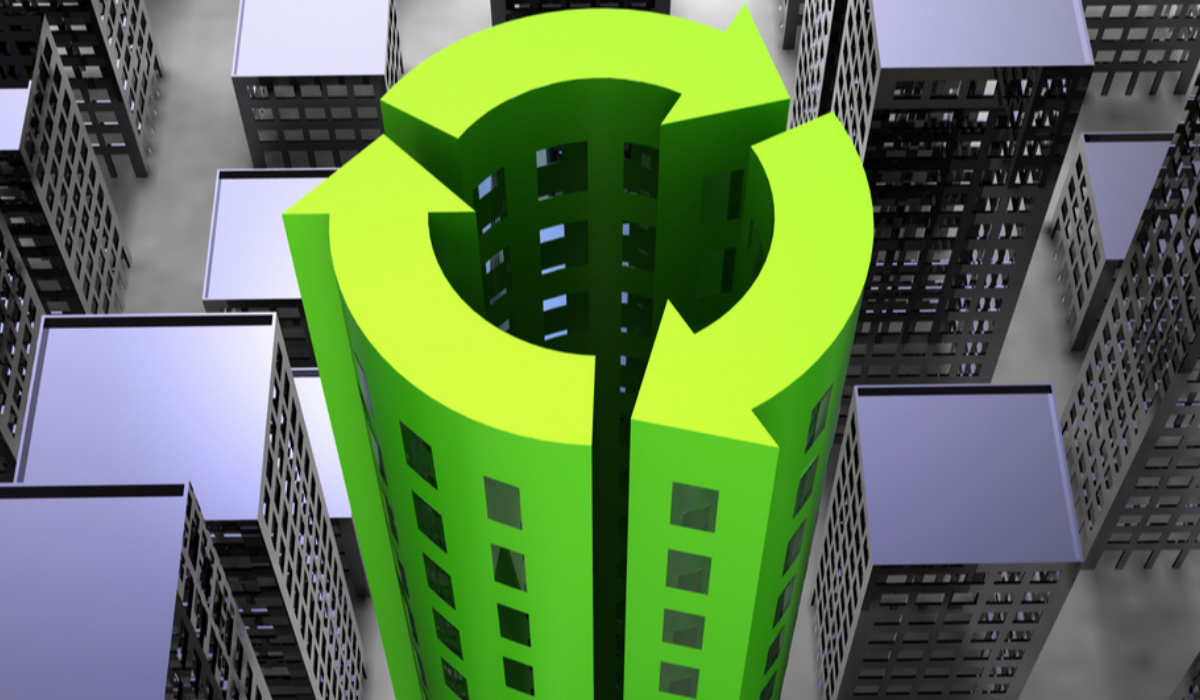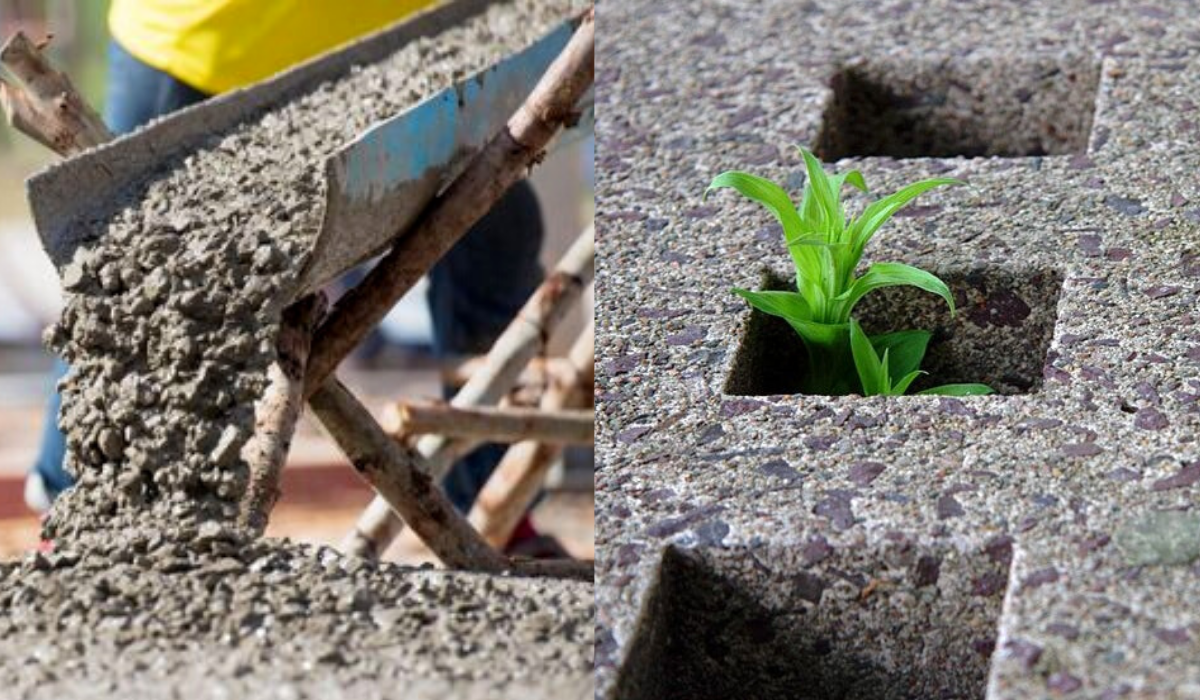The construction industry has been identified Worldwide as one of the priority action areas in achieving the objective of a smart, sustainable, and inclusive development based on the efficient use of resources. Construction buildings are responsible for an estimated 30% of global energy consumption because of their low energy efficiency. Also, they are account for one-third of direct and indirect CO2 and particulate matter emissions in general.
In today’s World smart building is trend topic and most of us might hear about it. However, do we really know what is it exactly? Or do we aware importance of using smart materials for a sustainable building?
Smart subject in building materials stands for built smart city and it is sustainable buildings. Smart construction materials also known as high-end products which have capability to respond to changes in their fluctuating conditions and environmental factor. For example, the use of smart materials allows us building sustainableroad bridgeswith cables with a wider range to avoid increased exposure to vibrations caused by surrounding factors such as wind, rain or traffic. On the other hand, structure requires less maintenance during the life time of usage and the construction response can be monitored. In other cases, smart materials are used to control vibration, noise reduction, lighting, heat, safety and performance and even reducing effect of a possible earthquake.
When we discuss about the smart cities, we may say that a sustainable building designed or renovated with intelligence that uses the best typological and technological solutions. This will provide us an accessible, safe, comfortable and healthy built environment.
Nano-technology materials is one such substance that was used in space research, pharmaceutical and electronics industry and today has been adopted by construction industry too. The energy consumption standards for a building have become very stringent these days. The application of traditional insulation materials often means an increase in the layers of the in walls, floors, and roofs. The implementation of nano-science may yield significant improvements in the energy efficiency levels of the building insulation as well as in the green building constraints.
We enlisted some of the most innovative construction materials that are making the structures sustainable.
 Smart Concrete: This application used in sustainable buildings for structuring smart whichfights against structural cracks. Compare to traditional version, smart concrete has a higher capacity and enhanced strength. It can be used in electromagnetic shielding as well as for an enhanced conductivity.Smart concrete plays a vital role in constructing road pavements as a traffic sensor recorder, and it also melts snow on highways and airports during winter snowfall by passing a low voltage through it.
Smart Concrete: This application used in sustainable buildings for structuring smart whichfights against structural cracks. Compare to traditional version, smart concrete has a higher capacity and enhanced strength. It can be used in electromagnetic shielding as well as for an enhanced conductivity.Smart concrete plays a vital role in constructing road pavements as a traffic sensor recorder, and it also melts snow on highways and airports during winter snowfall by passing a low voltage through it.
Transparent Wood: Development in concrete and other construction materials has been pretty aggressive and intense these days. One of the most prominent materials that has created a mark for itself is transparent wood. This material has better insulating properties compare to glass and is also stronger.  On the other hand, biodegrades way better than oil-based products such as plastic and making it one of the important componentsofgreen building applications.
On the other hand, biodegrades way better than oil-based products such as plastic and making it one of the important componentsofgreen building applications.
Shapeshifting Metals: Then there are shapeshifting metals that change their shape while going through pressure but then return to their original shape after a while. 
These materials are especially useful in the construction of buildings that are located in the earthquake and hurricane-prone zones such as Japan.
Smart, sustainable or green building materials are altering the fabric of the construction industry in 21st century. Fighting against global warming by re-shaping an environmentally friendly business type is a must and embraced by the engineers, architects and all other stakeholders of this industry.





